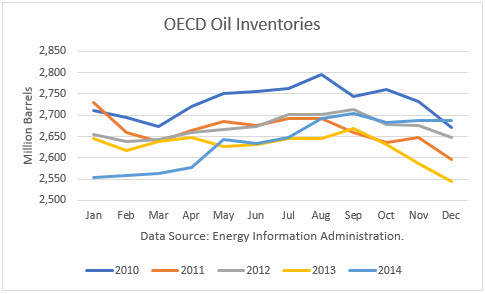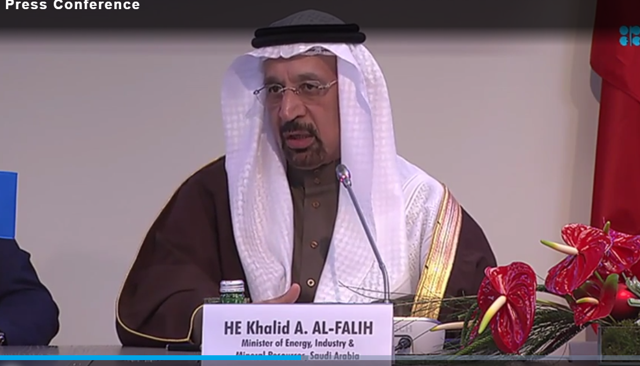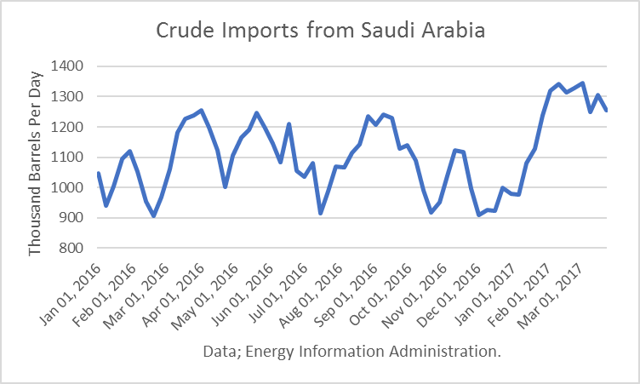
OPEC, led by Saudi Arabia, blundered when it decided to engage in a battle for market share in November 2014. It assumed it could drive American shale oil companies bankrupt and then pick up their market share.
But this strategy was destined to fail. For one thing, they didn’t take into account that American shale oil companies had hedged their future production. That protected the companies from experiencing the impact of lower prices to the extent that they had hedged.
Second, they didn’t take into account the American bankruptcy system. Companies can continue as “zombies” surviving by cutting costs to the bone, and selling assets to other companies at a discount to keep afloat. The buyers then have a lower “cost basis.”
Third, they didn’t take into account their own vulnerabilities. Sure, their national oil companies have low production costs but their oil revenues largely support the national budgets. They need high oil prices to balance their budgets, effectively making them high-cost producers (e.g., KSA about $65/b in 2017). Continue reading "Why OPEC's Cut-Extension Is Another Blunder"



